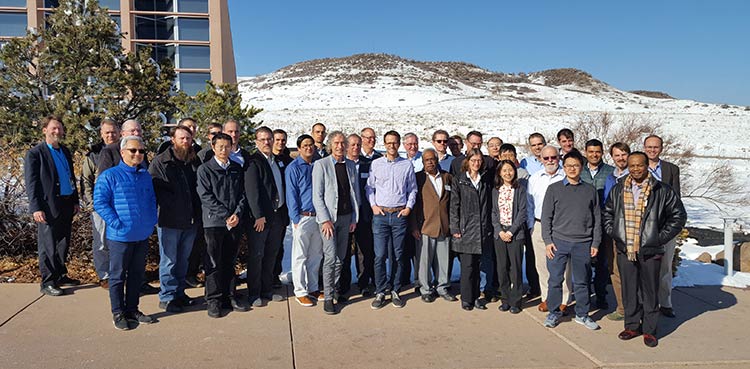History of the US-MAC Consortium
The US-MAC Consortium evolved over time from a series of workshops focused on advancing cadmium telluride (CdTe) photovoltaic (PV) technology.

For nearly 20 years, while manufacturing was being developed, the record photoconversion efficiency of CdTe PV devices did not improve significantly. Starting in 2012, however, efficiencies began to improve rapidly as new materials and approaches were incorporated into the device structure. See the National Renewable Energy Laboratory’s (NREL’s) Best Research-Cell Efficiency Chart.
A new CdTe workshop series was initiated in 2017 with the idea that experts working together could continue to advance the technology. The first workshop was hosted by First Solar and included a tour of its California Technology Center. The 2018 workshop was hosted by the Wright Center for Photovoltaics and Innovation and Commercialization at the University of Toledo. NREL and Colorado State University hosted the 2019 workshop, which was held on NREL’s campus. The 2020 Workshop was held virtually due to the global pandemic. The CdTe workshops have been quite successful in stimulating innovation; each year the number of participants has grown, more ideas have been shared, and new collaborations have been stimulated.
The concept of a consortium emerged from discussions during the 2019 workshop. Over the course of more than 1 year, the executive board members worked with the industrial board members to define US-MAC’s mission. The mission is to develop a technology road map and work with stakeholders to further improve performance, reduce manufacturing costs, diversify product applications, and mobilize the wider CdTe PV community, all with the goal of increasing world market share of U.S.-manufactured CdTe PV. The memorandum of understanding establishing US-MAC was fully executed on March 11, 2021.



















